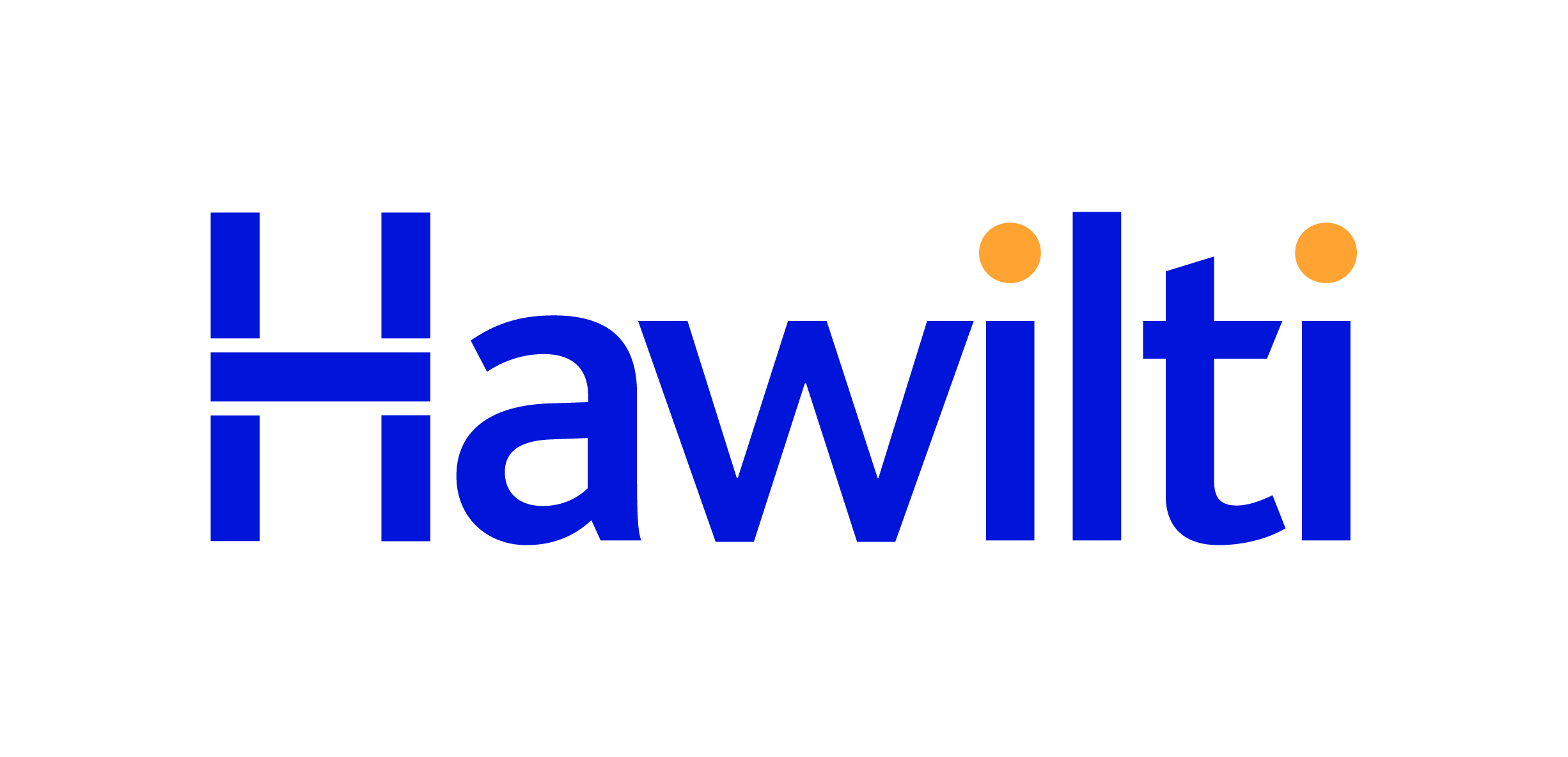Canadian junior African Oil Corp. has announced today a new production plateau of 120,000 barrels of oil per day (bopd) from Blocks 10BB and 13T onshore Kenya, up from the previous estimate of 100,000 bopd. Both licenses are located within the South Lokichar basin and are known as Project Oil Kenya, which Africa Oil Corp. intends to develop with its current partners TotalEnergies and Tullow Oil.
The revised target notably follows changes in the project’s development concept in order to make it more commercially and environmentally viable. The revised project has also reduced the overall unit cost from $31/bbl to $22/bbl, making the project more attractive in a lower oil prices environment.
Africa Oil expects a gross oil recovery of 585m barrels over the life of the field following the audit of the resource position by Gaffney, Cline & Associates. Phase 1 would initially target the development of the Ngamia, Ekales, Amosing and Twiga (NEAT) fields. Future phases would eventually focus on additional exploration potential within the 10BB/13T licenses while bringing the 10BA license acreage into production.
Compared to the previous field development plan, we have a more economically robust project, which I am confident is more attractive to potential new partners.
Keith Hill, President & CEO, Africa Oil Corp.
The new development concept notably entails a 130,000 bopd facility along with an increase of the pipeline size from 18’’ to 20’’. The three joint-venture partners still expect to submit a final field development plan (FDP) by the end of this year in order to secure a license extension. However, the taking of a final investment decision (FID) is unlikely until they have secured a new strategic partner, likely to take over Tullow Oil’s stake in the project. As it stands, the project is expected to require $3.4bn in investment, including $2bn for its upstream component and $1.4bn for the pipeline.
Project Oil Kenya has in fact already produced 450,000 barrels via an early oil pilot scheme that was operational from June 2018 to June 2020. Oil was produced from the Amosing and Ngamia fields then trucked from Turkana to Mombasa.
Full details on Project Oil Kenya are available in the “Projects” section within your Hawilti+ research terminal.
